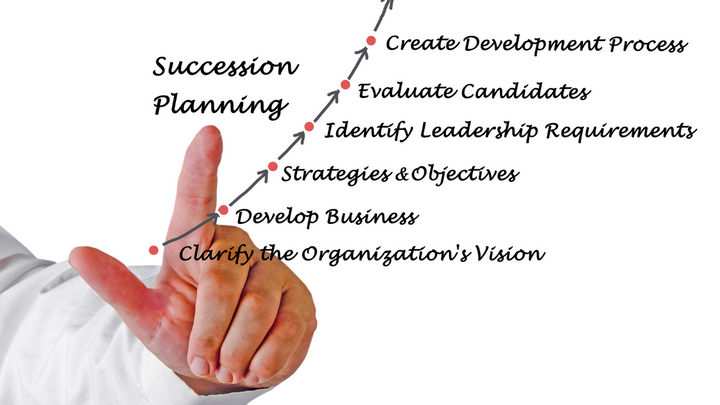Top 6 Tips For Presentations: How to Deliver A Good Presentation

Originally published here
Watch a short video of this article here
I use these tips every day!!
When you are giving a presentation to an audience, there is a lot of pressure. They are watching your every move and judging what they see before them. People want to know that you know what you’re talking about, or at the very least that you can convince them that it’s true even if they don’t understand everything in the presentation. This means practicing over and over again until doing a presentation feels like second nature, but how do we get there? What should we focus on when delivering presentations? Here are my 6 tips for delivering good presentations.
1. Think about the audience you’re speaking to and what they want
It is important to think about the audience when you’re presenting. You have to understand their needs and wants first foremost. This will help you tailor your presentation content so it meets those requirements.
You are solving a problem for them by being there in front of them on stage or at a podium, sharing what they want to know more about with them. Also, you have to think about the level at which you are speaking. Are you more of an industry expert? Are people considering you as one and looking forward to your presentation because they know it will be filled with valuable information? Or are you presenting on a topic for which there is no background knowledge so expect them to learn along with you? Or are you somewhere in between these two extremes, which is most often the case.
Tip: Get a list of the attendees and go through them. Do a quick background check on the key people. Google them, at least.
2. Be enthusiastic and stay on topic
It is important to own your subject matter and be able to explain it with enthusiasm. The more excited you are about what’s being demonstrated or presented, the better! Listeners will feel this passion too which means that their attention should remain focused on everything said in comparison with other times when they might find themselves drifting off-topic because of boredom. If there arise any questions during a presentation — even those asked by oneself- answer them as best possible so people know how interested/passionate you truly feel towards the topic.
Tip: 1)Keep reminding yourself why certain topics may interest others; 2)Remember presentations don’t last forever; 3) Drink a cup of coffee 20–30 minutes before the presentation (this is optional).
3. Use the power of repetition using examples.
The point of your presentation should be communicated as quickly and efficiently to the audience. To do this, you need a structure that repeats key points throughout so it will stick with people’s minds more than just speaking off-the-cuff or giving them one example after another without any context (which may confuse rather than enlighten). The following is an outline for how we can organize our message:
In order words — first, state what exactly has been accomplished by us at XYZ company/team. Next, explain why this matters now more than ever before — maybe because technology keeps changing constantly while human nature doesn’t; next provide some history/background about where things stand currently.
Tip: Referring back to the first point, do a background check of the key attendees so your examples will resonate with them.
4. Use positive visualization.
Studies on positive visualization prove it’s effective. When we imagine a positive outcome to a situation in our mind, the outcome is most likely what we envision. Instead of thinking it is going to be bad out there, visualize chucking during the introductory presentation and think you will get lots of laughs. Positive thought can actually be incredibly effective — try it out. Give them a chance to be quite effective. Positive thinking is better than negative.
Tip: Look in the mirror, several deep breaths, smile, and say “this is going to be great”. Studies have shown that positive affirmation works.
5. Practice, practice, practice — it’s the only way to get better at presenting!
The more comfortable you are taking the stage and everyone’s attention on you, the less afraid you will be. Higher confidence in presentation skills allows you to concentrate on the topic you’re presenting. Best solution if implementing this practice will be to start small. Prepare an interview for your friends family or best friends. It sounds easy because you’ll discover, that it’s not necessarily the attention that causes nerves. The attention is mostly on you. Your comfort will be more noticeable when you start practicing with others more often.
Tips: 1) Record yourself presenting. Not good enough? Do it again. 2) Find out what the stage is going to look like. Check out the background color. Dress appropriately so the color of your shirt/dress/jacket does not clash. It helps to visualize and feel comfortable with how you will appear.
6. Don’t read unless you have to. Work from an outline.
Reading your own slides damages an interpersonal link. By keeping eye contact with the audience, you focus on yourself and your message. A short outline may serve as a memory backup and keeping you on task. Remember that they are there to listen to you speak to them. Reading what’s on the screen will take their attention away from you. Also, it gets really boring.
Tip: Your brain works faster than your mouth. You start stuttering when your brain is way ahead of what you are saying. Make eye contact with someone in the audience, deliver your sentence, then move to the next person to deliver the next sentence. It will help you focus on one sentence at a time.
Fear of public speaking is real!! However, being able to deliver excellent presentations is a must for most of us. What are your thoughts on the tips I’ve shared? Have you tried any of these before? If so, what was your experience like and how did it make a difference in delivering presentations to an audience. Share some of your own experiences about presenting with us in the comments below.



Comments ()